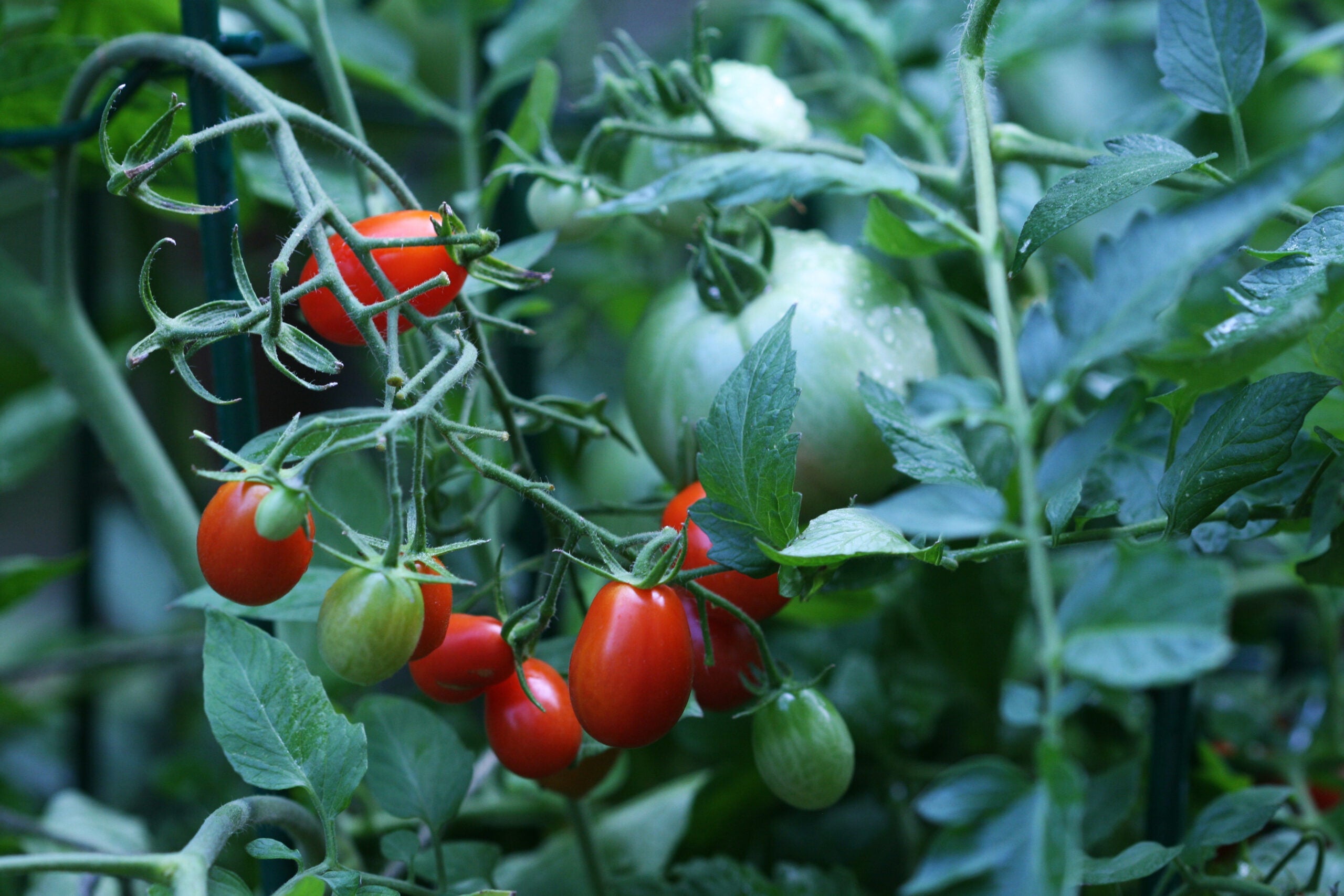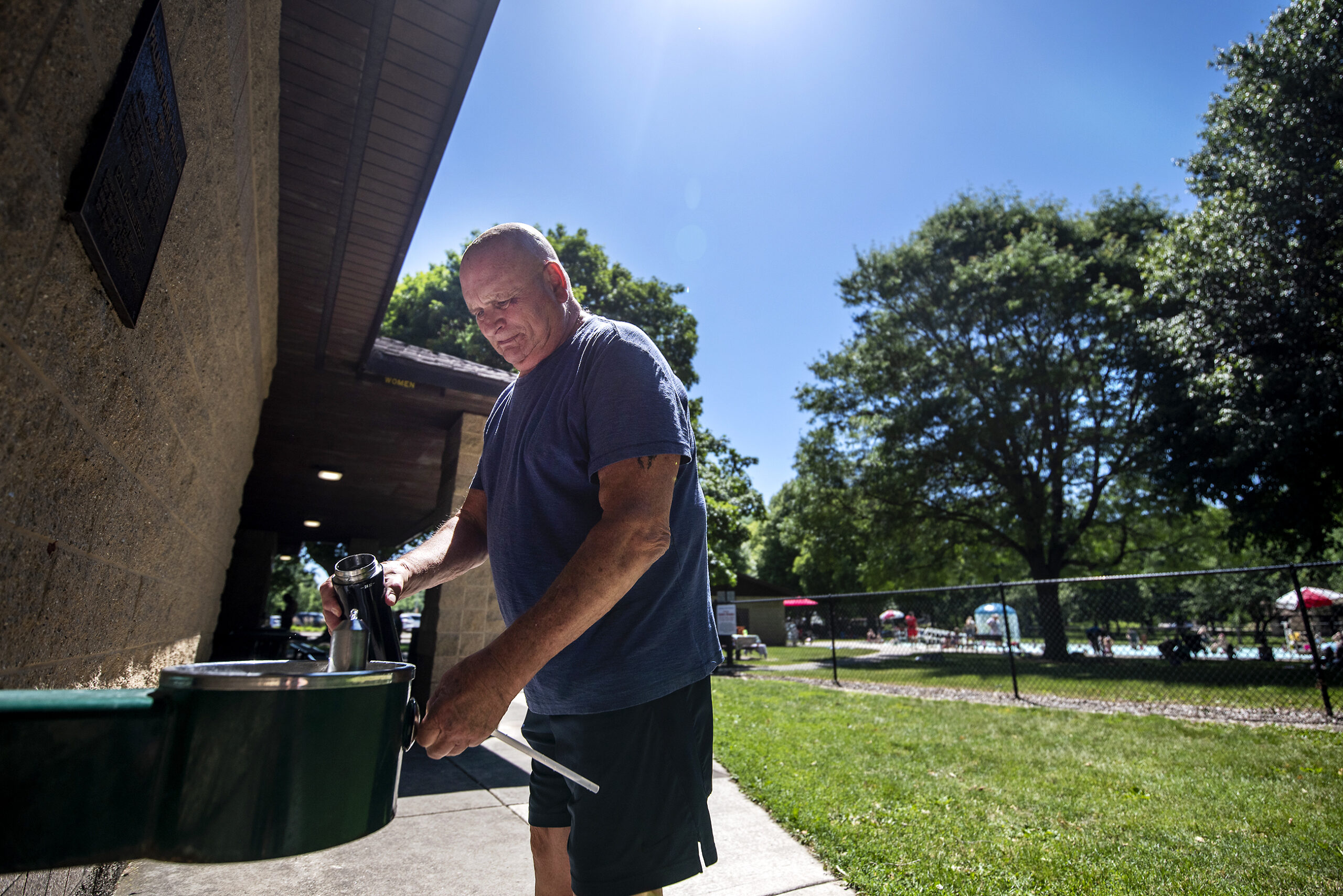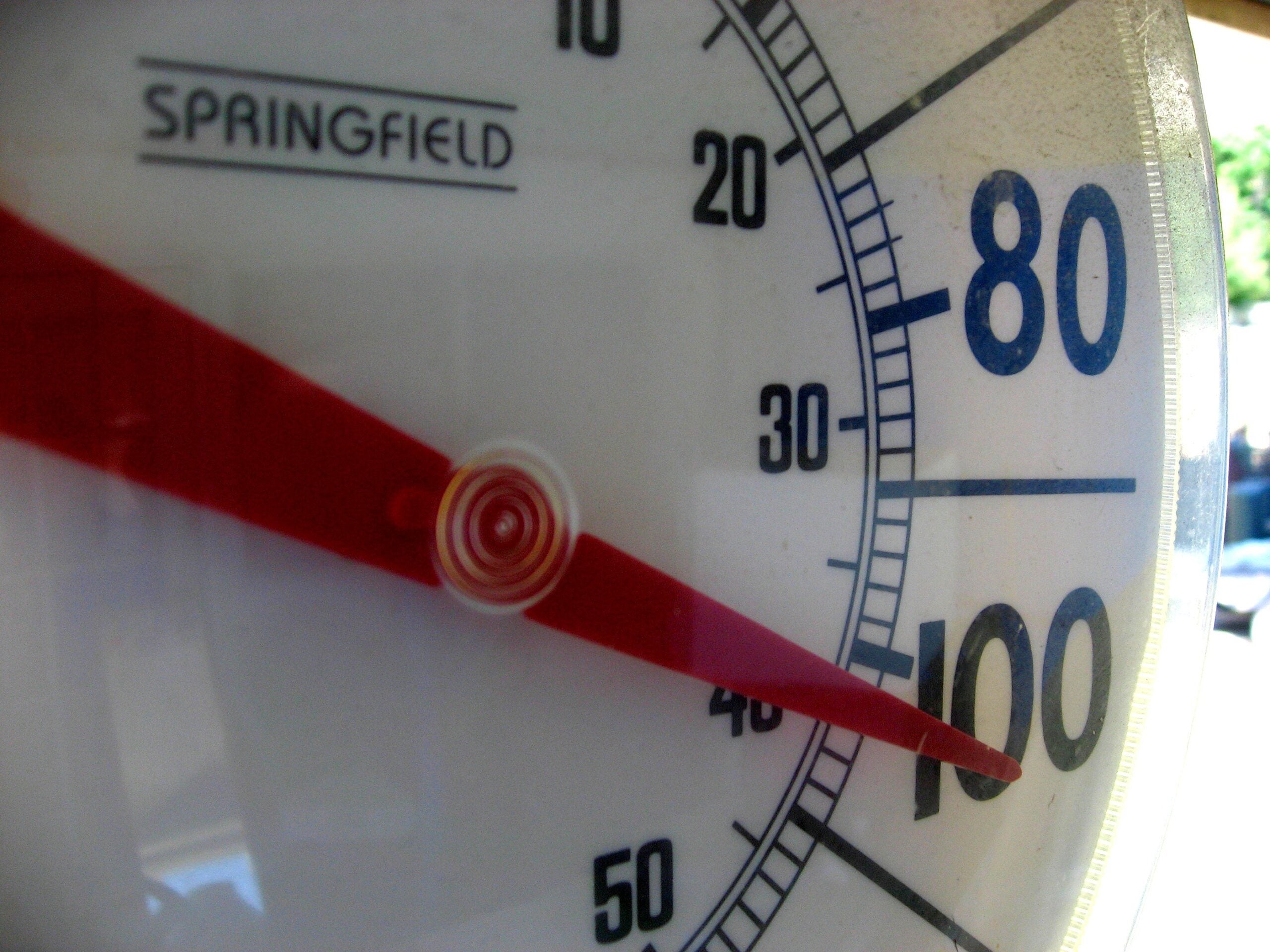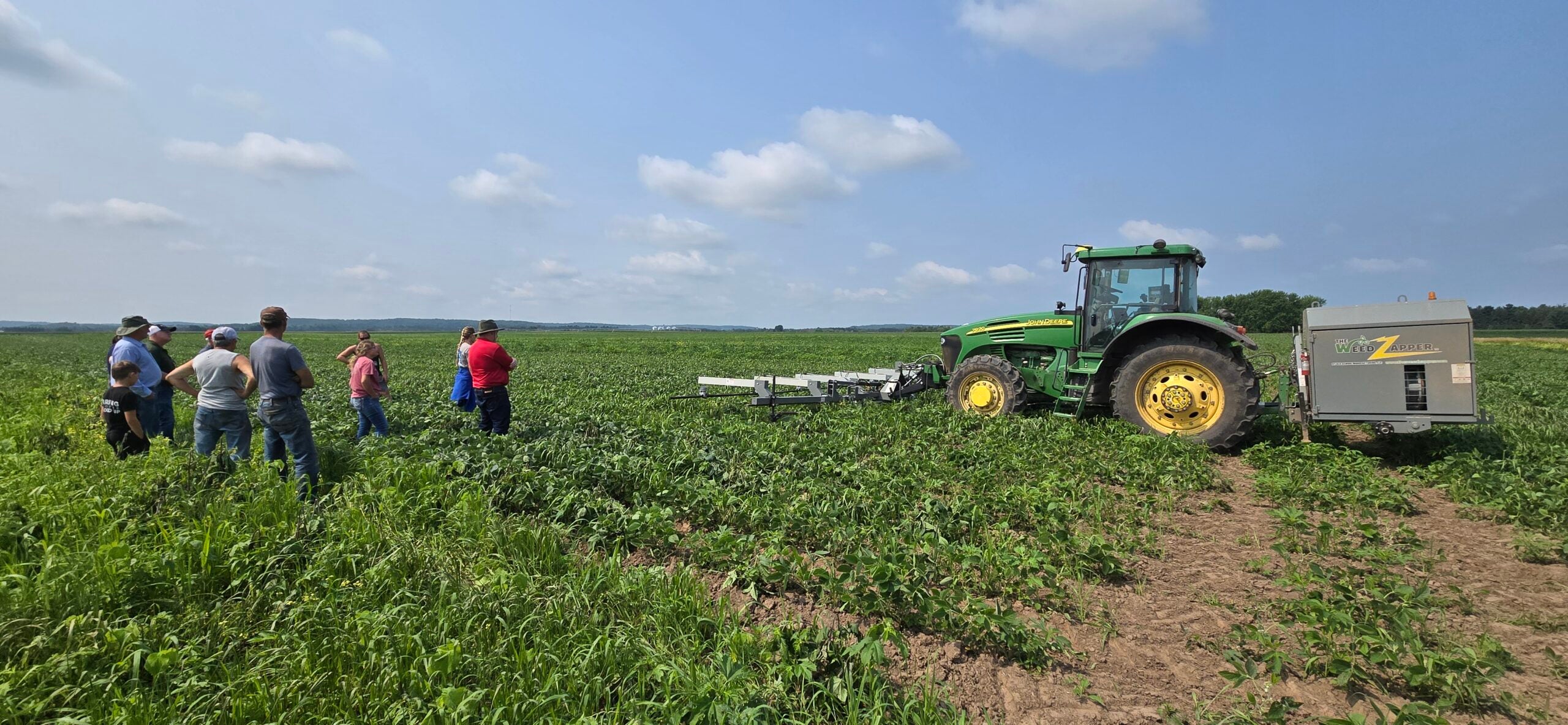Seasoned tomato growers are likely familiar with some typical ailments among their crops, like septoria, early blight and late blight. But horticulture educator Vijai Pandian has been getting lots of inquiries about atypical tomato plant problems this year.
“Most of the inquiries are related to abnormal stress issues,” said Pandian, whose work covers Kenosha, Milwaukee and Racine counties. These issues include intense heat and drought conditions, which Pandian said can trigger all sorts of anomalies such as blossom drop and curled, twisted and discolored leaves.
But perhaps the biggest change growers are noticing is less fruit production overall.
News with a little more humanity
WPR’s “Wisconsin Today” newsletter keeps you connected to the state you love without feeling overwhelmed. No paywall. No agenda. No corporate filter.
Pandian suspects that because high heat and drought, especially in southeastern Wisconsin, influenced flower development. Tomatoes, he said, prefer a temperature of about 70 to 80 degrees for blossom production.
“Once the temperature starts heating at 85 degrees and above, they start to abort the flower production,” Pandian said.
Additionally, the flowers that already exist need to be pollinated within about 50 hours. But if within that timeframe the temperature continues to climb to 85 or 90 degrees, that compounds the problem.
“The pollen becomes so sticky and it kind of ruins the pollination aspect of the tomato,” he explained.
So, what to do?
Short of putting up a fight against Mother Nature, Pandian said there are some changes growers can make to create a more conducive environment for next year’s tomatoes.
Anticipating more years of frequent heat stress, especially in light of the recent United Nations report on climate change, Pandian said it could help to switch to a tomato variety that’s more heat and drought tolerant.
Secondly, Pandian advised care when spraying herbicides, which vaporize and can easily drift onto a tomato plant. He said it’s best to refrain from spraying herbicides especially if the temperature is at least 85 degrees. Herbicides can become more potent in warmer temperatures and thus can be more damaging to plants.
Pandian said to check your lawn fertilizer for herbicides before you spray.
Finally, he said mulching tomatoes with straw, hay or compost can help.
“Tomatoes really like cool, moist conditions, so mulching helps in conserving the soil moisture and providing a cool temperature for the root system, as well,” he said.
Pine needles work well, too, as does any sort of organic matter.
“The whole purpose of using these type of organic products by mulching is that … you’re adding and incorporating organic matter into the soil,” he said. “And this organic matter is really helpful for building up the structure of your soil.”
Wisconsin Public Radio, © Copyright 2026, Board of Regents of the University of Wisconsin System and Wisconsin Educational Communications Board.





